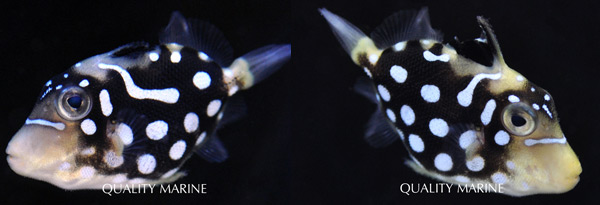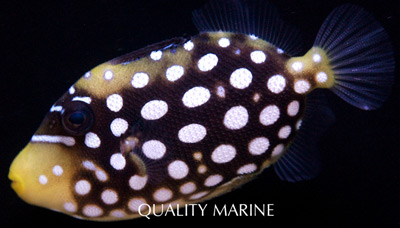“Caribbean Chris” and I are proud to assert that promoting sustainability in the marine aquarium hobby is an important part of our mission. However, every now and again, we’re asked to clarify precisely what we mean by “sustainability” in this context. After all, we have no direct influence on livestock collection practices or the various environmental factors that impact the health of reef habitats. What can we, as providers of educational online content, do to influence hobby sustainability?
As we see it, the most powerful tool in maintaining a viable, sustainable marine aquarium hobby is fundamental information. The more budding hobbyists know about basic aquarium practices and the animals they might want to keep in their tanks, the fewer “unexplainable” livestock losses they’ll experience and the fewer replacement specimens they’ll end up buying. And demanding fewer replacements means less collection pressure on the wild reefs.
Our stance on sustainability also means that, despite the fact that we don’t specialize in breaking news, we do like to shine a spotlight on breakthroughs in the captive propagation of marine livestock—including prior posts about captive-breeding efforts involving the clarion angelfish and the masked angelfish.
Today we’re pleased to bring you a similar announcement about aquacultured clown triggerfish that were hatched and reared at Biota Marine Life Nursery and are now available through Quality Marine. What follows is Quality Marine’s brief press release on this most welcome breakthrough.

This is the first batch of Commercially Raised Clown Triggerfish available for sale in North America. These have been hatched in captivity and raised by Biota Marine Life Nursery in Palau. Quality Marine is the exclusive vendor for these fish in North America.
Captive care
We are holding these fish individually, as clown triggerfish are known for aggressive behavior, especially as they get older. These fish were cultured and held together for quite a large portion of their lives and as a result may not be as aggressive as their wild counterparts. That being said, our interest lies in ensuring the best health of our stock as well as the quality of the specimen when delivered to our customer, and so we intend not to “test” their temperaments.
We are feeding them Gamma mysis, enriched brine, krill, chopped prawn, and other marine-based, diced meaty foods. They also get some more protein-dense foods like pellets and gel, which they have taken greedily. Like most triggers, they have seemingly bottomless stomachs, and do best on multiple feedings per day.



